What is a Fresnel spotlight
A Fresnel spotlight is a directional stage light that produces a very soft-edged, controllable beam of light for back, side or down lighting. The theatrical spotlight is identified by a lens, which consists of a series of concentric rings on its surface, fitted at the front of the optical chamber. The stepped lens was named after AugustinJean Fresnel, a French physicist and engineer who developed this cost-effective, lightweight alternative to conventional continuous surface optics for use in lighthouses in 1823. A Fresnel lens is basically the subtraction of material from a plano-convex (PC) lens. The concentrically aligned ring-shaped lens segments act as individual refracting surfaces which bend parallel light rays to a common focal length. As a result, a Fresnel lens is capable of focusing light with effectiveness comparable to that of a conventional PC lens with a corresponding shape or curvature. While breaking the lens into concentric circles makes it considerably flatter, lighter and less expensive. The rear side of the lenses can be structured to mask visible irregularities in the light distribution when required. This distinctive feature of Fresnel lenses allows to soften the beam edge.
Optical control
Fresnel spotlights are generally variable-focus fixtures that can either move the light source back and forth relative to the lens or reflector, or move the lens back and forth relative to the light source. The field and beam angles can thus be varied by adjusting the distance between the light source and one of the optical elements. A Fresnel spotlight has an adjustable beam spread from spot to flood (typically 10° to 60°). Unlike an ellipsoidal reflector spotlight that has built-in shutters to trim unwanted light, traditional Fresnel spotlights require the use of barn doors to help control spill light. These luminaires are lamp-based systems that use high wattage tungsten-halogen or gas discharge lamps to produce light.
The escalating application of LED technology
As solid state lighting becomes the dominant technology across all lighting applications, the design of Fresnel spotlights has begun to veer away from lamp-based configurations towards the development of integrated LED systems. LED lighting provides many compelling benefits over traditional light sources, which include higher luminous efficiency, longer lifetime, faster switching, instantaneous controllability over the full range of intensity, spectral tunability, improved robustness, smaller size, etc. Integrating LEDs into Fresnel spotlights not only makes for tremendous energy savings but also allows to move past the legacy functionality of lamp-based systems and unlock a host of intriguing features.
Design and construction
An LED Fresnel spotlight usually has a fixed LED module in relation to which the lens is moved. The LED module of a single-color luminaire commonly uses an integrated LED array such as a chip-on-board (COB) package to deliver high lumen output and uniform light distributions. Ceramic-based and chip scale package (CSP) high power LEDs are used as well. These discrete packages are indispensable to tunable white and additive color mixing systems. LED Fresnel spotlights are high power systems that operate at up to 500 watts of electrical power. The color stability and lifespan of the high power LEDs depend strongly on the successful control of their junction. The housing of an LED Fresnel spotlight is often constructed to take advantage of the high thermal conductivity of aluminum. However, there’re often physical constraints to the heat sink design. Active cooling through the use of fans is required when passive cooling with the heat sink alone cannot transfer the thermal load at a high enough rate to support the thermal management needs of the LEDs.
Spectral engineering
White LEDs are phosphor-converted packages of which the color characteristics depend on the phosphors used. With LED lighting, theatrical lighting designer has the luxury of using light sources that render the desired colors faithfully. Different white chromaticities, such as warm white, neutral white or cool white, can be created. The correlated color temperature (CCT) of Fresnel spotlights often comes at 3200K for theatrical lighting or 5600K for television broadcasting. The spectral power distribution (SPD) of an LED system can also be actively controllable. A tunable luminaire uses a combination of warm white and cool white LEDs, and a control system which allows the user to mix the emissions to CCTs anywhere in between the minimum and maximum CCT. Full-color-tunable products such as RGB, RGBW and RGBAW systems can produce any color within their color gamut and breathe excitement into audiences through the influence of dynamic lighting.
LED driving and dimming
While thermal management is an important consideration, there are other factors which need to be taken into account when addressing the performance and reliability of an LED luminaire. An LED driver executes many tasks critical to the high-performance, failure-free operation of the LEDs. The LED driver needs to provide appropriate current to drive the LEDs under supply voltage or load variations. The ripples generated in the output current provided to the LED load should be minimized to ensure flicker-free lighting. Dynamic lighting systems require the use of multi-channel LED drivers which keep groups of LEDs within an LED module operating independently of each other. LED dimming is accomplished with pulse-width modulation (PWM) which enables full range dimming and allows the same color temperature to be maintained throughout the dimming range. Intensity dimming and color tuning can be performed on the real control panel of the spotlight, or via cabled or wireless DMX/RDM.

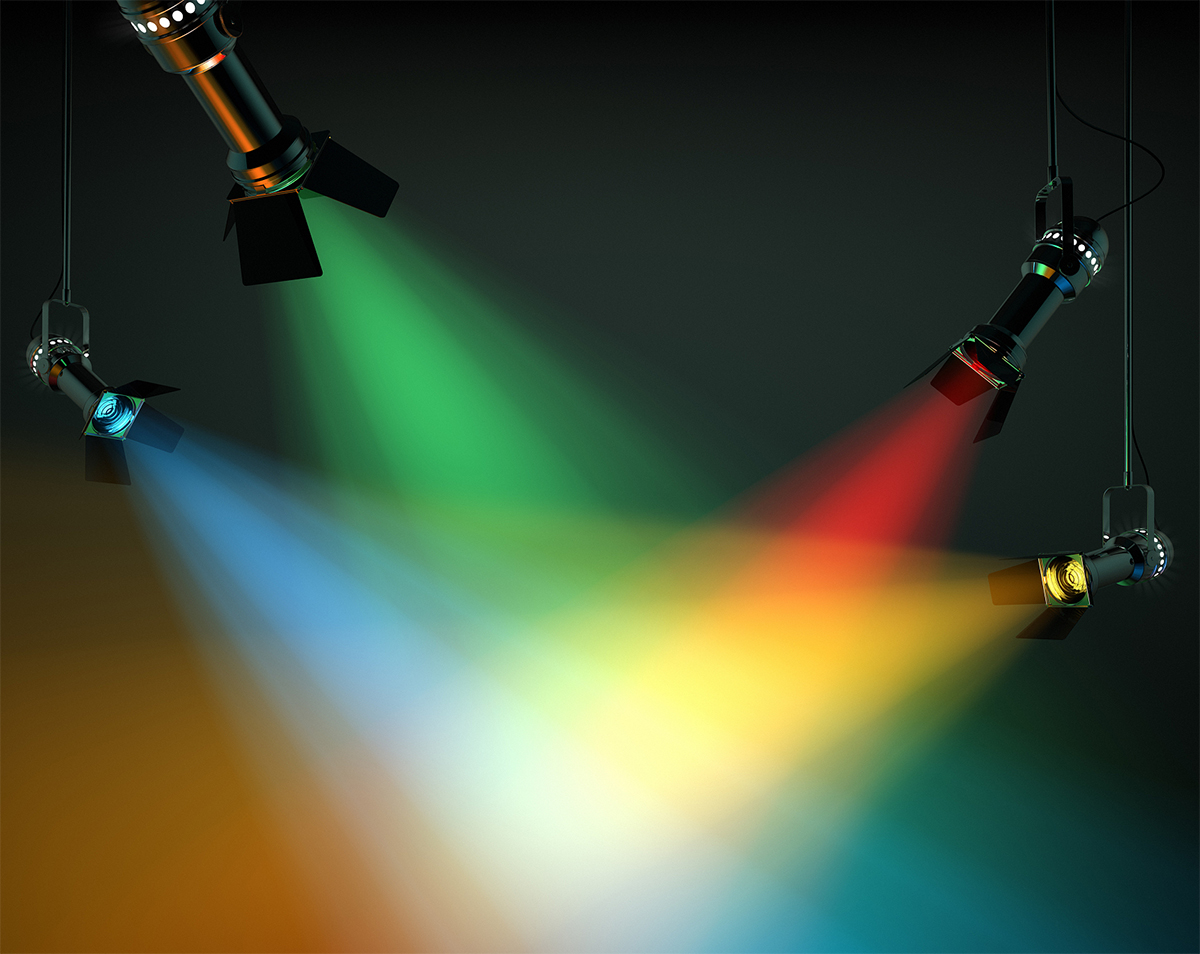
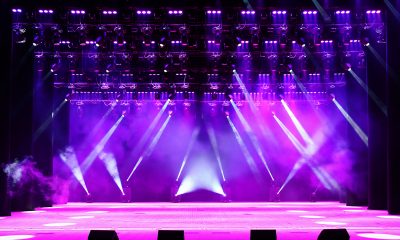
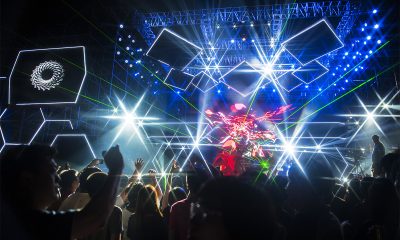
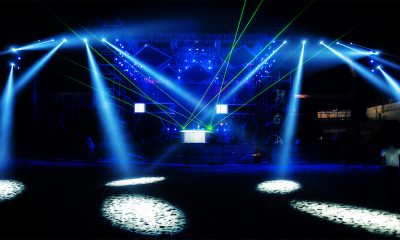


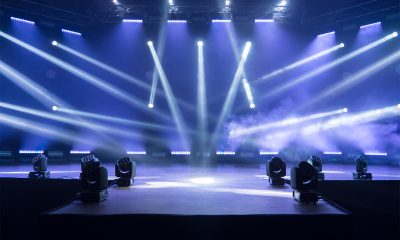

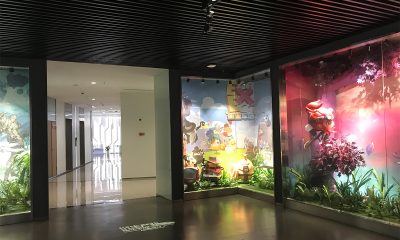





Loading...